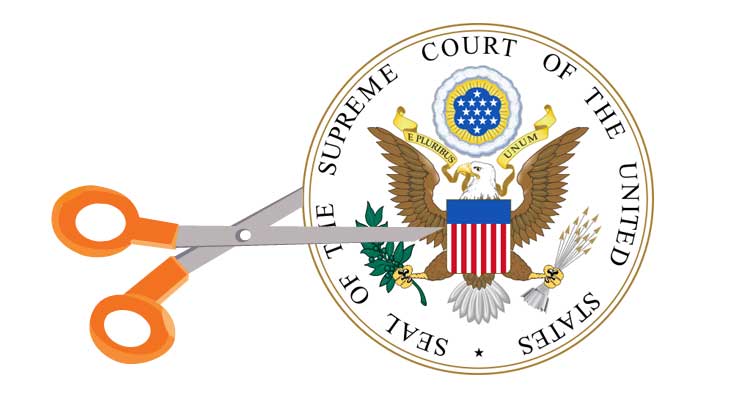
A great research paper was just published at the Social Science Research Network by lead author Michael S. Kang. Take a look at the abstract:
We live in hyperpartisan times. Democrats and Republicans have not been so bitterly divided along partisan lines since Reconstruction, nor so aggressively hostile to each other in the history of the two major parties. For almost anyone today, our current era seems like historically extreme, even bizarrely partisan. By comparison, the preceding era of the Cold War was far less partisan and far less ideologically polarized.
For modern critics, this earlier era of bipartisanship, spanning roughly from World War II through the 1980s, offers a hopeful model for a better, less partisan American politics. However, this historical baseline is salient but badly misleading. The bipartisanship of the Cold War, not today’s hyperpartisanship, is actually the dramatic outlier in American history. Congressional partisanship for most of American history was comparable to today’s hyperpartisanship. And the process of legislative redistricting, for most of American history, was just as intensely partisan as the rest of American politics.
The Article introduces to the legal scholarship this history of redistricting. Understanding this forgotten history reveals that it is actually today’s hyperpartisanship, and today’s hyperpartisan gerrymandering, that are closer to historical norm than our Cold War expectations. However, it was precisely during the Cold War era of partisan peace that courts inaugurated election law and began overseeing the redistricting process. The development of redistricting law, and indeed most of election law, therefore occurred during an odd circumstance of minimal, historically low partisanship where partisan complications largely receded from judicial attention.
As a result, the law of redistricting developed by courts during the Cold War era is fundamentally mismatched to today’s hyperpartisanship and the intensity of hyperpartisan gerrymandering. The ensuing law of redistricting has thus grown up during an era, shaped by judges and lawyers of the same experience, when partisanship and gerrymandering were least prevalent in American history. Saddled by outdated empirical understandings, the Supreme Court underestimates the impressive effectiveness, durability, and scope of today’s hyperpartisan gerrymandering, as the Article details.
Leave a Reply